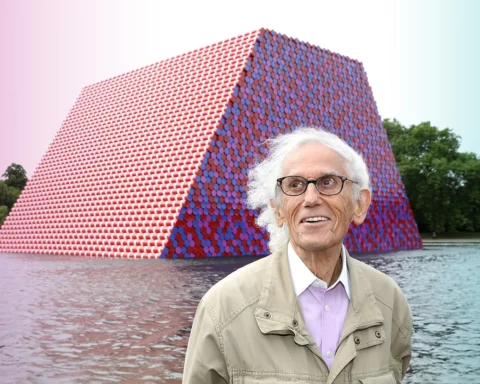Central Eastern Europe stands in front of one of the most significant challenges it will face in the coming decades. How does a state transition away from an energy mix dependent on coal? The EU is pushing its member states to become climate neutral as quickly as possible. That won’t happen overnight in Central Eastern Europe, where coal has long reigned supreme.
The EU took significant steps to achieve climate neutrality by 2050 when the European Council and European Parliament approved the European Green Deal in December 2019 and January 2020. However, for some countries in Central Eastern Europe, more reliant on coal, it will simultaneously be a challenge and an opportunity. Some countries, such as Poland, Estonia, Latvia, and Bulgaria, have most of their energy mix made up of fossil fuels. Czechia and Hungary receive around 50% of their energy from nuclear power, while hydroelectric power dominates in Croatia.
Nevertheless, coal still makes up a significant part of the energy systems in all the region’s countries. Most locals are ready to change that as long as there will be financial assistance from the EU within the so-called ‘Just Transition Mechanism’ (JSM) framework, worth EUR 150 bln. The mechanism will allow the EU funds earmarked for the transition to be invested in several projects meant to create new jobs for people living in areas currently dependent on the coal mining industry. As the EU has, after intense discussions, agreed to include nuclear power and natural gas projects in its so-called green taxonomy scheme. It will allow countries to invest JSM funds into nuclear and natural gas projects replacing coal.
A greener and healthier life
One of the main benefits for regular people stemming from the energy transition is that air quality is expected to improve significantly in an area stretching from Poland to Romania and Bulgaria. Coal is also becoming increasingly expensive due to increasing mining costs and EU carbon taxes. This makes coal-based energy uncompetitive, forcing states to look for other options. The European Green Deal is not only about getting rid of coal once and for all. It also contains sections on energy-efficient buildings and reducing the use of pesticides and antibiotics in agriculture. At the same time, it includes provisions to strengthen biodiversity while reducing food waste by 50% by 2030.
In 2016, 12 countries in Central Eastern Europe formed the Three Seas Initiative. It contains plans for ecologically-minded infrastructural projects, such as a planned solar power plant in Hungary and a geothermal power plant in Slovakia. Another potential prospect is using the region’s gas pipelines to facilitate the flow of so-called Green Hydrogen, produced by renewable energy sources. Central Eastern Europe must adapt quickly and pursue any new energy technology with great promise. The Three Seas states must be at the forefront of research and development projects to benefit from the European Green Deal.
If done efficiently, residents will be able to benefit economically. Even better, they will also be able to fill their lungs with fresh air in their local communities. Air pollution is a quiet killer, prematurely claiming the lives of tens of thousands of people every year. Hopefully, that is about to change in Central Eastern Europe as it enters a new, greener path.







